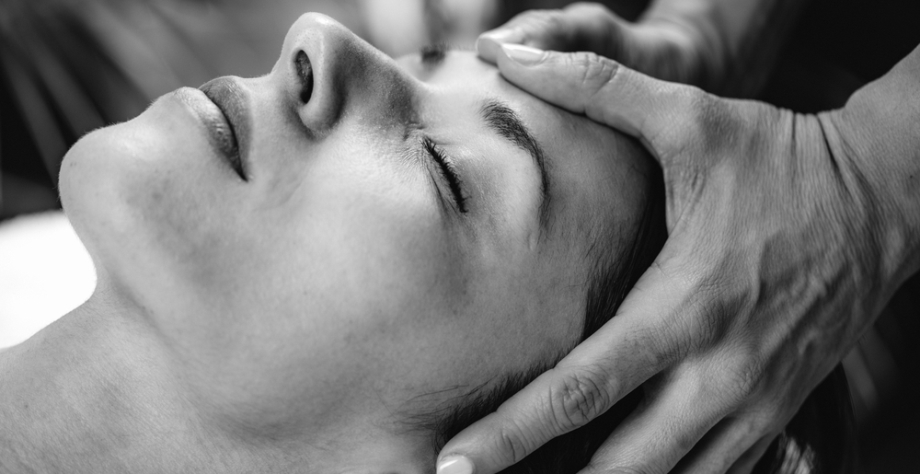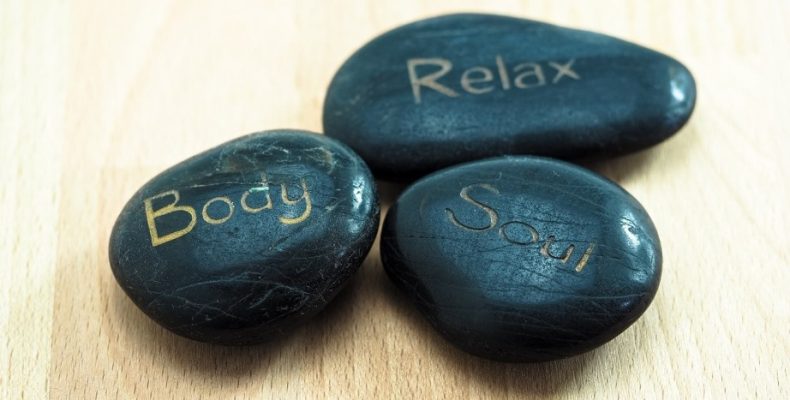
The face is said to be the mirror of the soul. It’s one of our primary ways to connect to the world and other people. But as it is, it’s also the face and head that are often the first being confronted with distressing events.

In fact, we usually first see, smell, and hear things, and moreover the brain is intimately involved; we first react to events with the face and head.
The eyes may close or narrow (not wanting to see what happens or to protect ourselves from impact), or they cannot close and stare (a freeze or immobilization), the teeth may be clenched, we bite on our tongue, and the jaw contracts, we frown or we turn our head away; the brain gets overwhelmed.
The face and head may become armored when people cannot emotionally act on or process traumatic events. Quite some tension, rigidness, inflexibility, and distortion, or by contrast, numbness and lack of expression can characterize this region.

Skull and facial armoring can cause fatigue, headaches, dizziness, toothaches, earaches, neck pains, and in addition it unconsciously affects our mood (and of those around us).
The techniques used for De-Armoring (commonly written in British English as Dearmouring) of this area usually involve facial massage, head massage, acupressure, facial stretches, breathwork, and letting the person make facial expressions, let them move and mobilize the face; basically just loosening up the head and facial area.
It may also involve letting the person “make faces” in order to prompt them to express the emotions that are connected to their traumatic experience, which can be part of simulation and roleplay techniques.
















